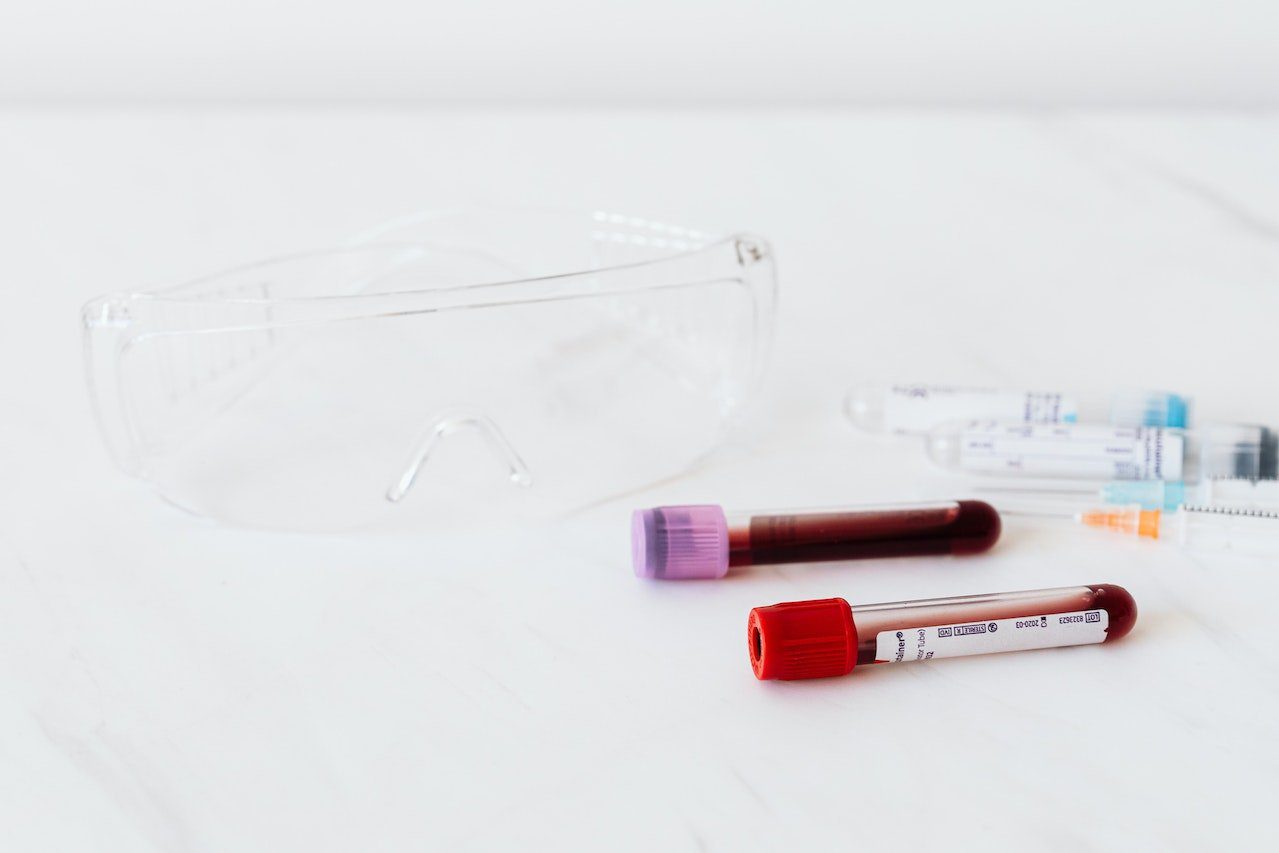Want a feel-good side hustle? Consider donating plasma or platelets. You can make money and save lives at the same time. And the amount you make is generous — usually between $25 and $100 an hour.
Donating plasma or platelets is a lot like giving blood. However, it takes a longer because you’re hooked up to a machine that separates your blood’s components — red and white blood cells, platelets, and plasma — and returns the unneeded portion to your body. It can take up to two hours to donate platelets. Donating plasma usually takes about an hour.
Make money and save lives
The amount you earn for donating platelets and plasma varies by location and the number of times that you’ve donated. Some sites pay more to new donors; while others pay increasing amounts to keep donors motivated to come back time and again. Either way, when you make money by donating plasma and platelets, you also can feel good about the fact that you save lives.
Of course, you can give plasma and platelets for free to non-profit organizations, such as the Red Cross, too. However, there’s no shame in getting paid for donations either. Most of the organizations that pay for plasma turn around and sell it at a profit. Hospitals typically charge patients between $300 and $3,000 per liter for these life-saving liquids. And companies use plasma to develop for-profit drugs and therapies.
What are platelets and plasma?
Plasma is a yellowish liquid that carries blood cells around. It is mainly made up of water, but it also contains antibodies that fight infection. It’s used to treat people with cancer and blood diseases. It’s also widely used in medical research. Because it doesn’t last long when stored, there is a constant need for regular donors.
Platelets, meanwhile, are cell fragments that help heal wounds. They’re used in surgeries and to help people with traumatic injuries.
Paying donors
But finding donors isn’t easy for two reasons. Many people are averse to needles and blood, and both are involved in donating plasma and platelets. Moreover, donating is time consuming. The typical donation takes one to two hours. And first-time donations can take longer because the center will need to get your medical history.
Moreover, there can be side effects, like dizziness and loss of energy.
Consequently, many sites are willing to pay donors for both their time and potential discomfort. However, you may need to ask about the compensation because it can vary by season, demand, and the number of times you have donated.
Variable earnings
Consider Biomat. Biomat pays plasma donors $100 for each of their first five donations. After that, the site pays $50 per donation. While the first donation may take a little longer, the site says most plasma donors are in and out in an hour. So, your average hourly rate is considerably more than $50.
Octapharma Plasma pays $100 for the first seven donations. After that, the site pays based on your weight. The bigger you are, the more you get paid. Why? They can take more plasma from someone who weighs 200 pounds than someone who weighs 110 pounds — the minimum weight you need to be able to donate.
Trusting Heart Blood Center, meanwhile, pays platelet donors a staggered rate based on the number of times they donate. Starting in 2023, the minimum rate is $75 per donation. But, if you donate regularly, you’ll earn increasing amounts. Those who donate every two weeks (the maximum allowed) earn up to $175 per donation after their 13th consecutive donation in 2023.
Platelet donations require a little more time than plasma donations — between 90 minutes and two hours. Still, the hourly rate here runs from $37 to more than $87.
What’s involved?
The process of donating both plasma and platelets is similar to donating blood. You answer questions about your health and activity and submit to a few medical tests. Then a phlebotomist sticks a needle in your arm to start the blood draw. However, with plasma and platelet donations the blood is pumped into a machine that separates the cells and returns the portion of your blood that’s not needed back to you.
Your body quickly regenerates the lost platelet and plasma cells. So, while you can safely donate blood only every eight weeks, you can donate plasma up to two times a week. And you can donate platelets once a week. However, the FDA, which regulates medical products and procedures, only allows 24 plasma and/or platelet donations per year.
Working conditions
SideHusl.com evaluates working conditions as part of our side hustle rating process. And, here, the working conditions couldn’t be much better. Outside of the slight pinch you might feel from the needle, all the plasma and platelet donation centers make a point of making you comfortable. You’re seated in a lounge chair, and often given a blanket and water or juice. And, you’re encouraged to use their free wifi to stream movies, read your email, or enjoy a book.
When the process is over, they’re likely to offer you a soft drink, juice and/or a snack. Moreover, many donation centers are open on nights and weekends, making it easy for donors to schedule a convenient appointment.
11/27/2022

Leave a Reply